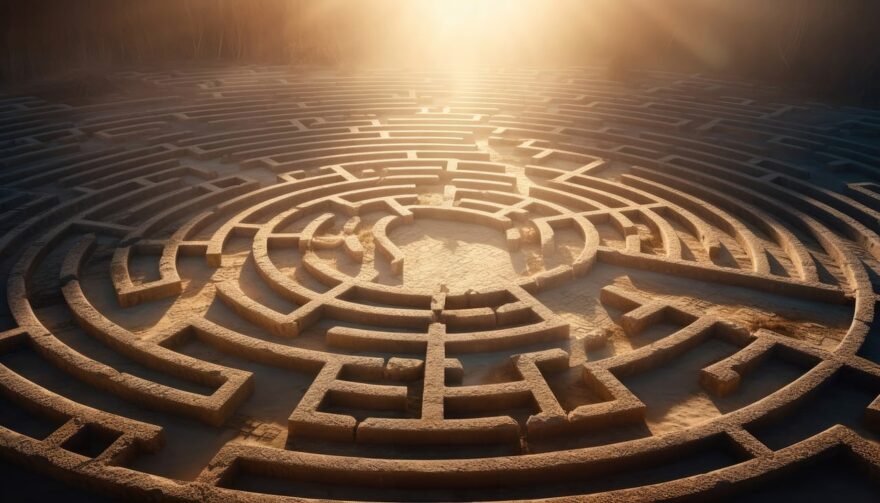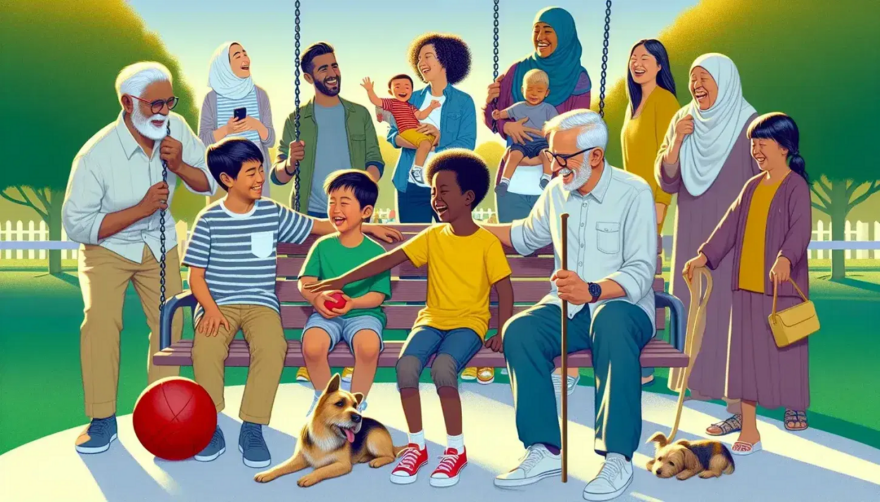GRANDPARENTS RIGHTS TO SPRING FUN

WHAT TO DO TO ESTABLISH YOUR GRANDPARENTS RIGHTS
February 22, 2012AN EFFORT FOR GRANDPARENTS RIGHTS
February 16, 2015 Exploring and learning is a great way to bond with grandchildren. Every opportunity to bond with our grandchildren enhances our Grandparents right by enriching these bonding experiences with fun. Utilizing these exciting, fun and educational science activities, you can have a blast with your grandchild in your own backyard. These experiments and projects will not only get you and your grandchild outside and active, but are also a great way to bond and create lasting memories together.
Exploring and learning is a great way to bond with grandchildren. Every opportunity to bond with our grandchildren enhances our Grandparents right by enriching these bonding experiences with fun. Utilizing these exciting, fun and educational science activities, you can have a blast with your grandchild in your own backyard. These experiments and projects will not only get you and your grandchild outside and active, but are also a great way to bond and create lasting memories together.
1. Critter Catching
You might be surprised by how much wildlife there is in your backyard. A great way to help your grandkids learn about the natural creatures living around your house is by focusing on insects. Check out a local field guide from your library, or search online for one. This way you will be able to identify the safe insects that won’t bite or sting and are common in your area. You can then show these to your grandchildren so they will know which ones to look out for. By constructing a bug vacuum (if you search for it online you will find simple and inexpensive directions), you and your grandkids can easily and safely catch insects without harming them or even touching them. Now all that you need to do is put the open tube on the vacuum near the insect, and then suck on the other tube. The netting will make sure the creature only gets pulled in as far as the jar, where it will be trapped.
One fun and educational activity you can do with the bug vacuum is hold a contest to see who can catch the most types of insects. Help your grandchildren look under leaves and lift small rocks or rotten logs to find insect hiding places. Then they can catch the critters with their bug vacuums. After half an hour, use your field guide to see who has caught the largest variety of bugs.
Because the insects will be in a clear jar, this is a great opportunity to get a close-up look at them with a magnifying glass. As you look each of them up in the guide, you can teach the kids about the insects’ distinctive markings, diets, and any other interesting traits. After you all have finished learning about the bugs, you should release them back to the same place you found them, and if there was a log or rock on top of them, gently place it back down so their habitat is undisturbed.
2. Leaf Preservation
In this activity not only will everyone learn about plants, but you and your grandchildren will also be left with some souvenirs that can last indefinitely. Go into your backyard and observe all the different types of leaves with your grandchild. You can both try to find the most colorful, the pointiest, or even just the prettiest leaves. Whenever you come across a plant with interesting leaves, collect one for you and one for you grandchild. Then, together you can use the field guide to figure out what type of plant it is. After you have picked up 5-10 different types of plant leaves, you can bring them all back inside to preserve them.
The first step in preserving a leaf is removing the moisture. An easy way to do this is to find a heavy book that you won’t be upset about if it gets discolored – phone books can work great. Then place each leaf individually between sheets of paper towels within the book, making sure to leave at least 30 book pages in between each leaf. Now just close the book, and check on the
leaves after 3 days. If they are not completely dry, switch out the paper towels, close the book, and the leaves should be dried within another couple days.
After you and your grandchild have dried up your leaf collection, you just need to make sure they don’t crumble. To do this, place the leaf between two sheets of wax paper, and then put a dish towel over it. Now hold an iron on medium heat over the dish towel for about 3 minutes, and then flip it over, put the dish towel on top again, and do the same to the other side. When you pull the wax paper off, it should leave a layer of wax over the leaf. Now your leaves are fully protected! You and your grandchild can then put them in your scrapbooks to remember the great day you had, or even pin them up on a piece of poster board and hang it on your walls. Putting a caption next to each leaf identifying the type of tree it came form can be a fun way to organize them. This way, no matter how far apart you are, you will both have the same collection of preserved leaves from that great day you spent together.
3. Night vision activities
Kids can get intimidated when they are alone in the dark. Things are hard to see and shadows can look scary. With this activity you and your grandchild can learn a little more about the changes that occur in people’s eyes when it gets dark. During the day, create eye patches for yourself and your grandchild with a rubber band or string and a piece of black construction paper. Wear them for at least 20 minutes (pretending to be pirates is optional), and then go from a bright area into a dark room in your house, like the basement. Now, take off the eye patches and try reading a page from a book, or just looking at some photos with your grandchild. You can ask your grandkid which eye they can see better from and explain that their vision changed as the eye with the patch adapted to the dark.
This isn’t the only change to your eyes that occurs in the dark though. Even once you get used to the lack of light and begin to see more clearly, it is still hard to distinguish colors. For this experiment, you will need a coloring book and 8 unwrapped crayons of different colors. Once it gets dark, bring your grandchild outside. If it is a little cold out, they may want to throw a jacket over some flannel pajamas to stay warm. Then the two of you can go for a stroll around you neighborhood, or just bond and watch the stars until your eyes adapt to the darkness. Once their eyes have adjusted, even in a dark area they should be able to see the outlines in the coloring book. You and your grandchild can try to color in a few of the pictures using the colors that make the most sense. Even though both of you will probably easily see the lines you are drawing, are you able to tell what colors you are using? When you get back in, you may realize that you chose some interesting colors for your pictures!
Learning more about nature and biology can be a great way to bond with your grandchild, and you don’t even need a laboratory to do it. With a little creativity, you can have a lot of fun and create lasting memories, right in your own backyard.



